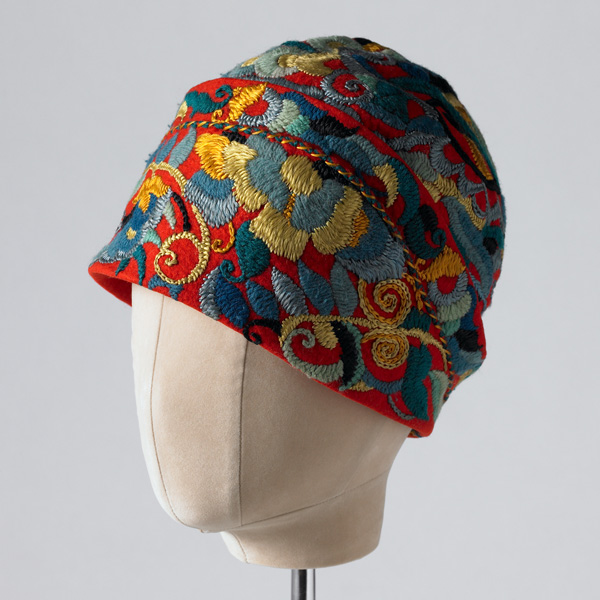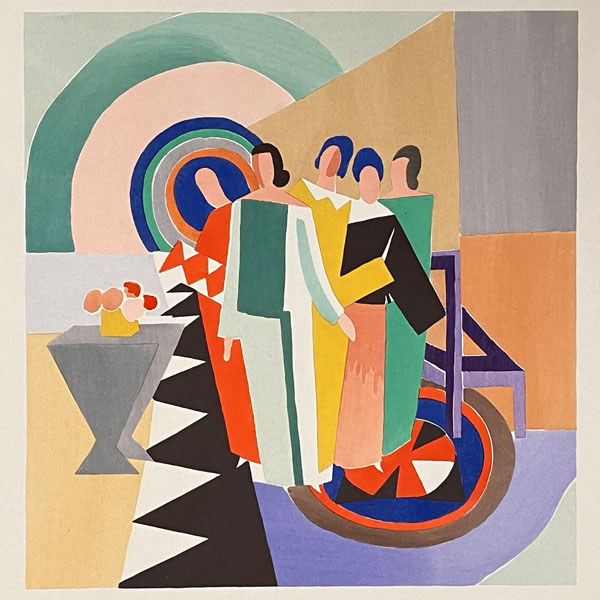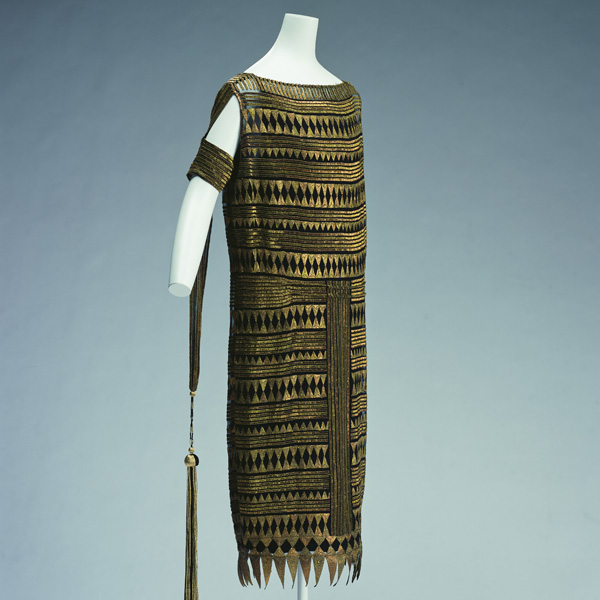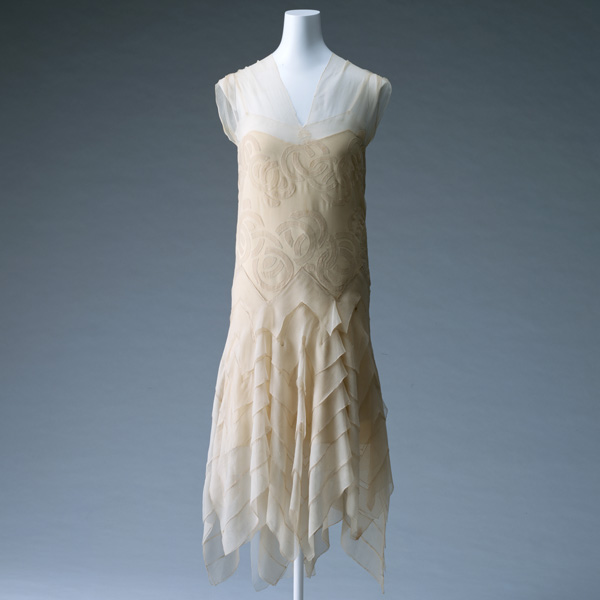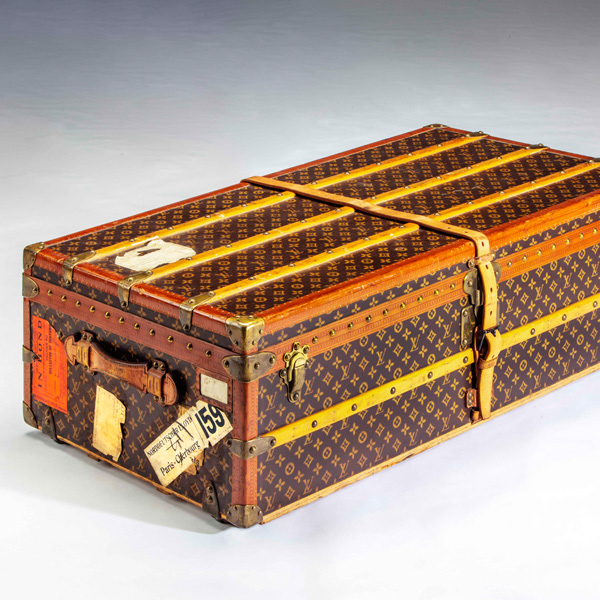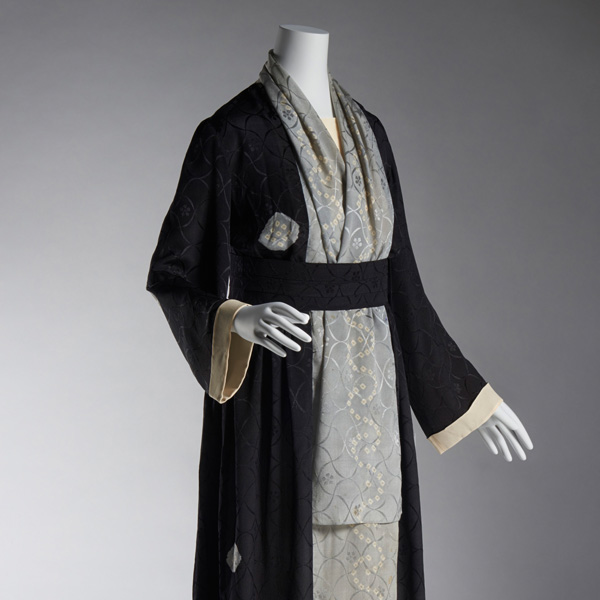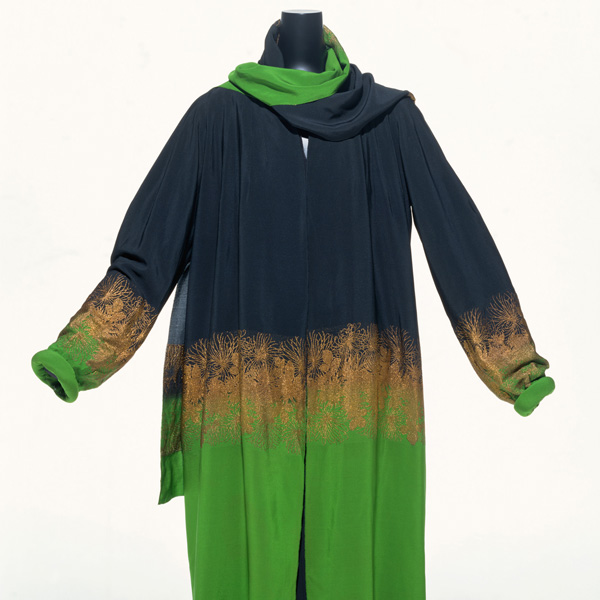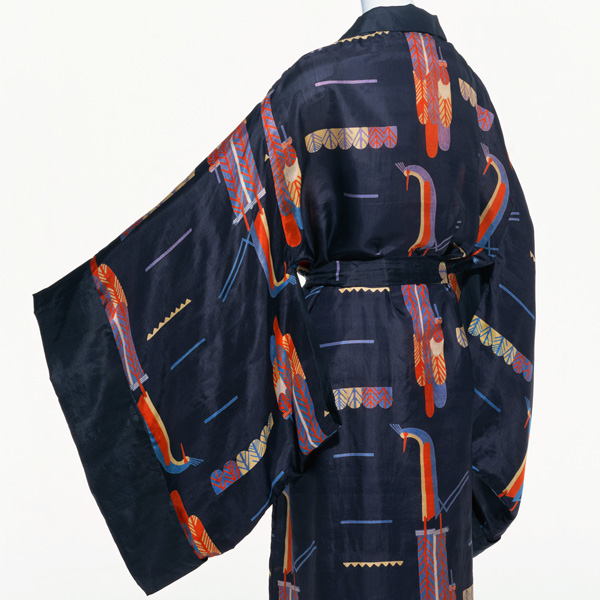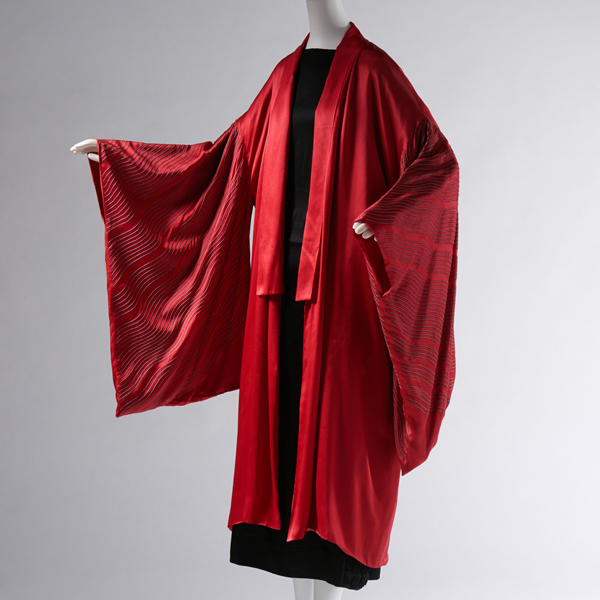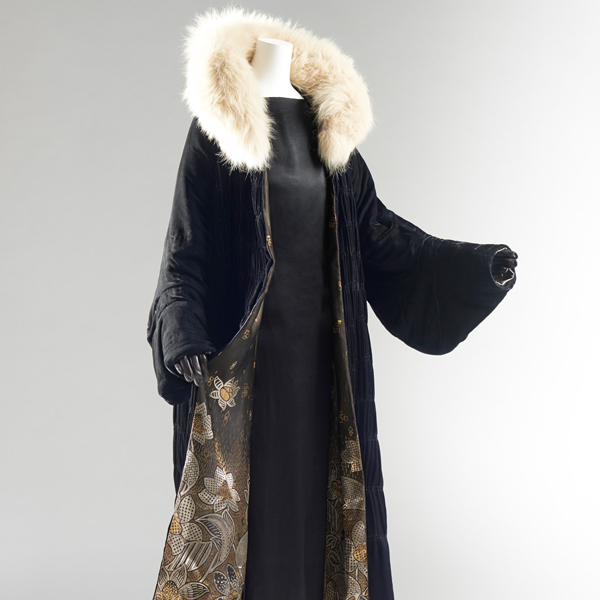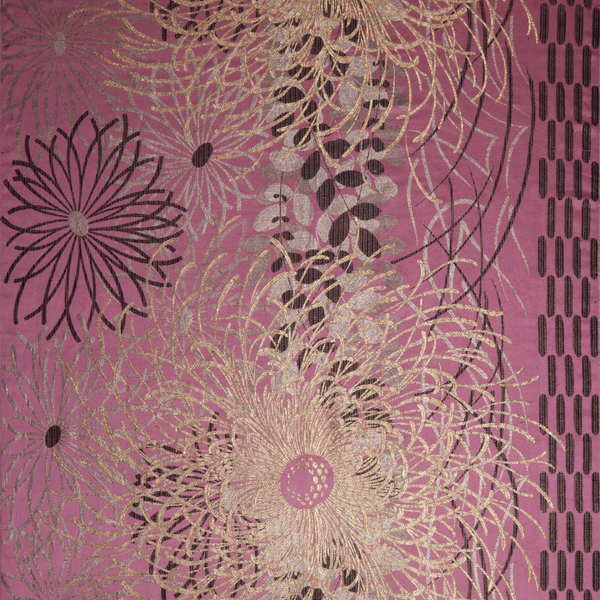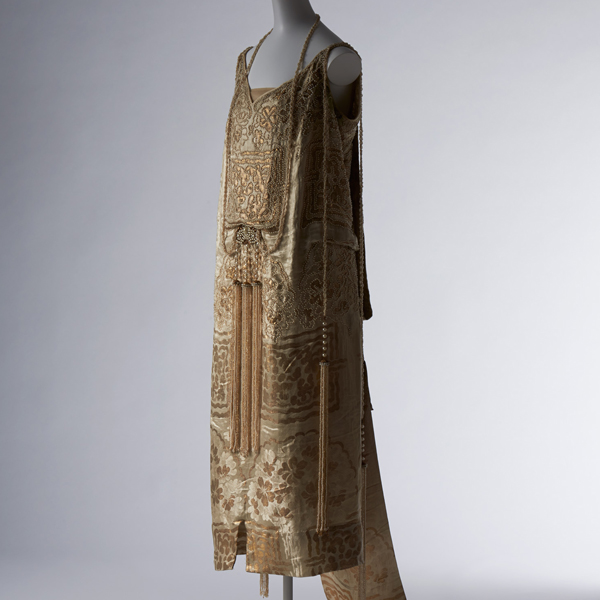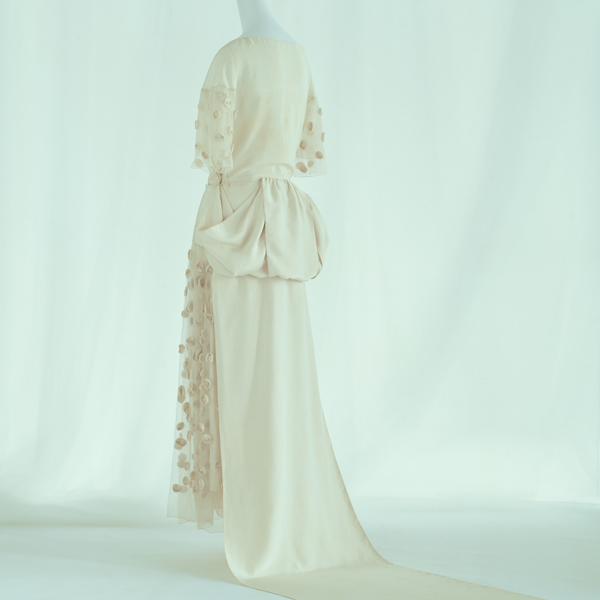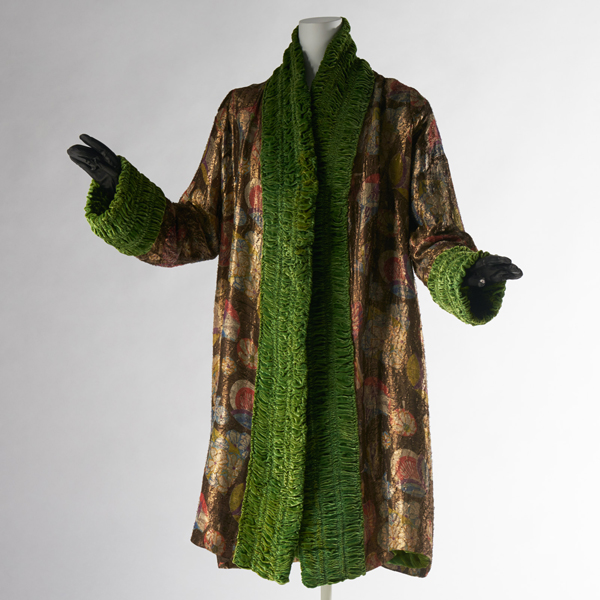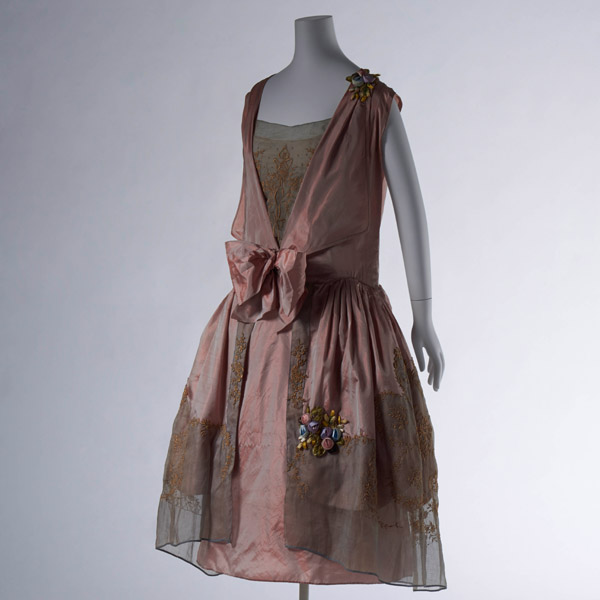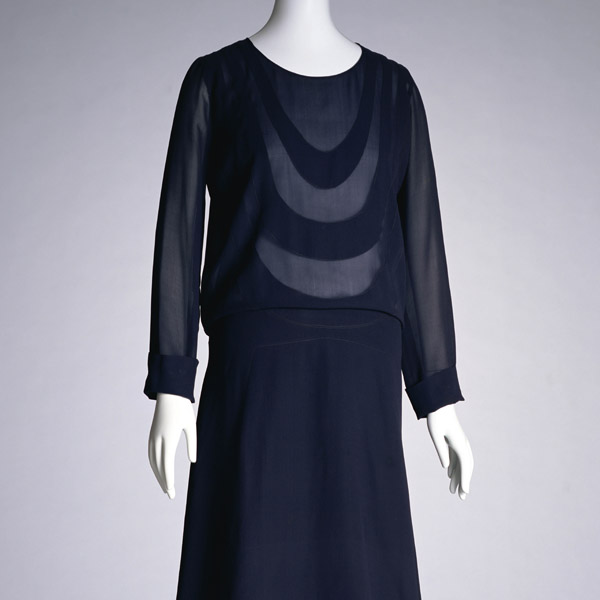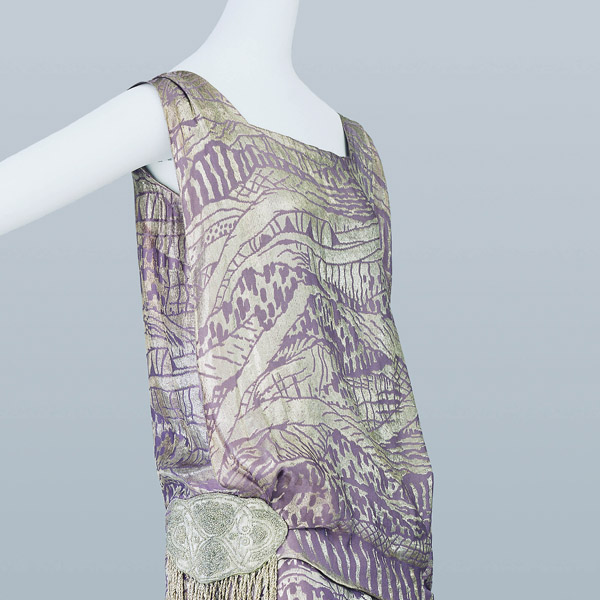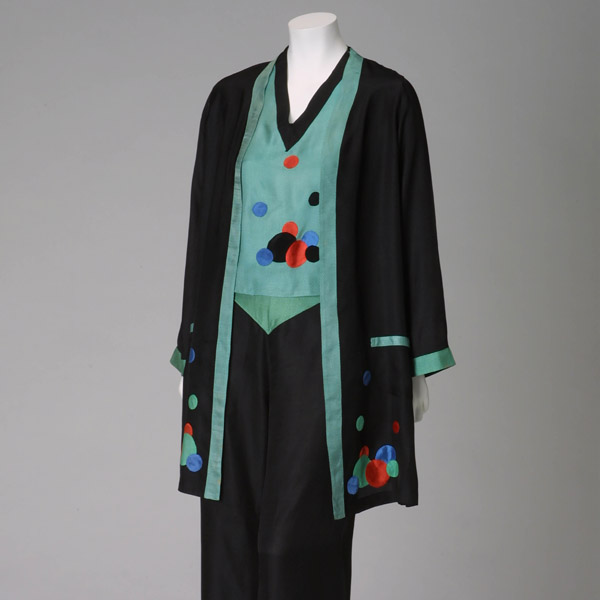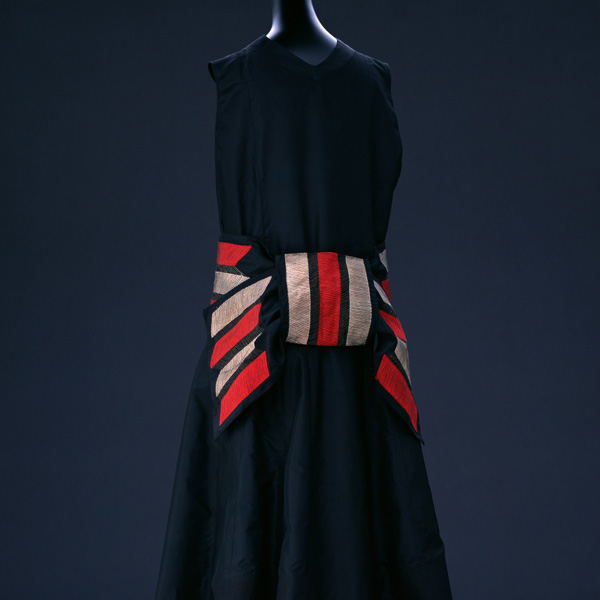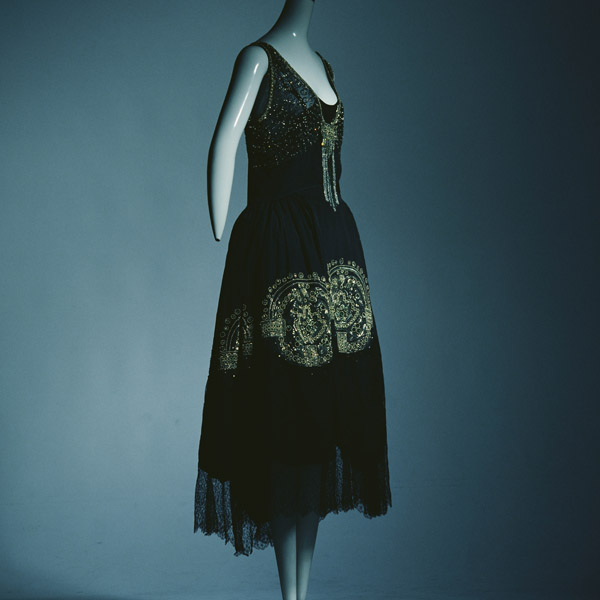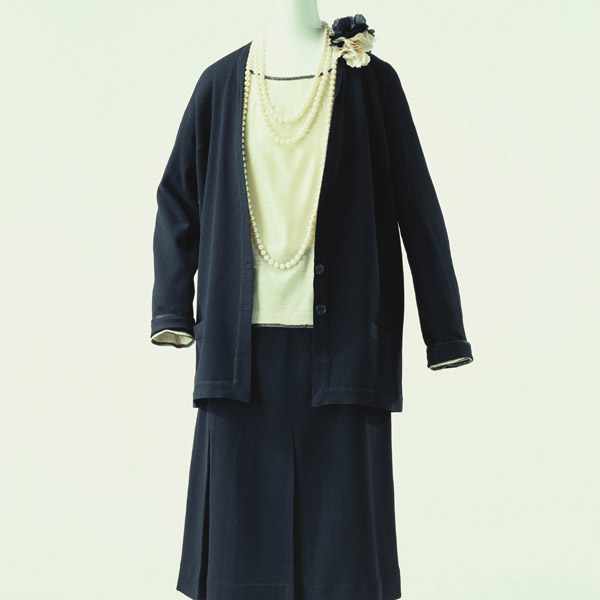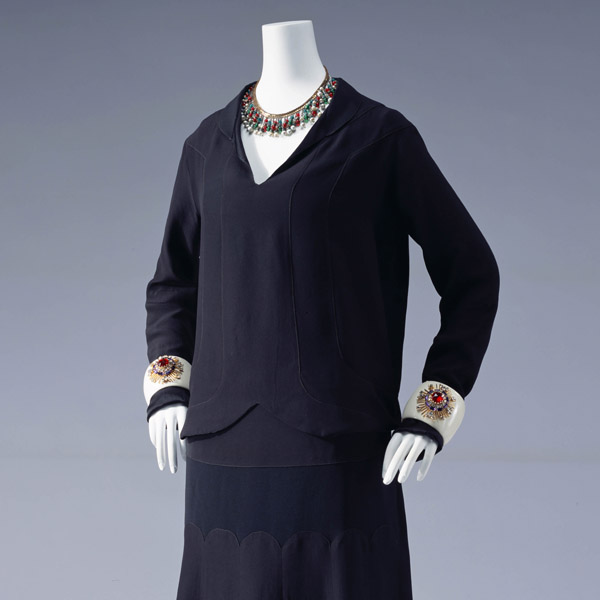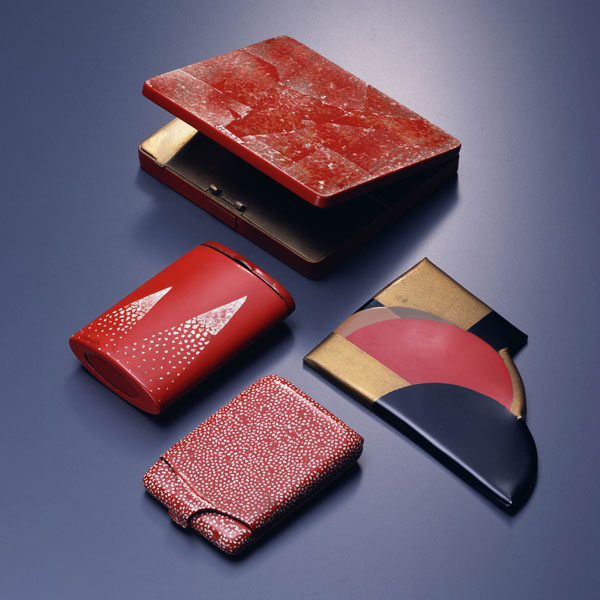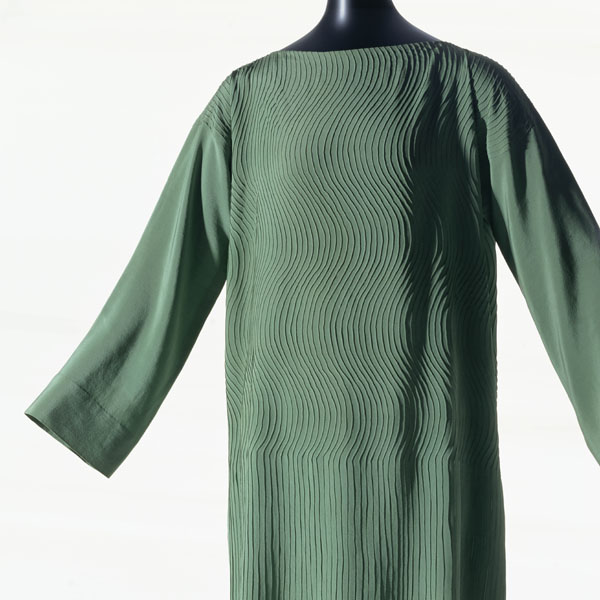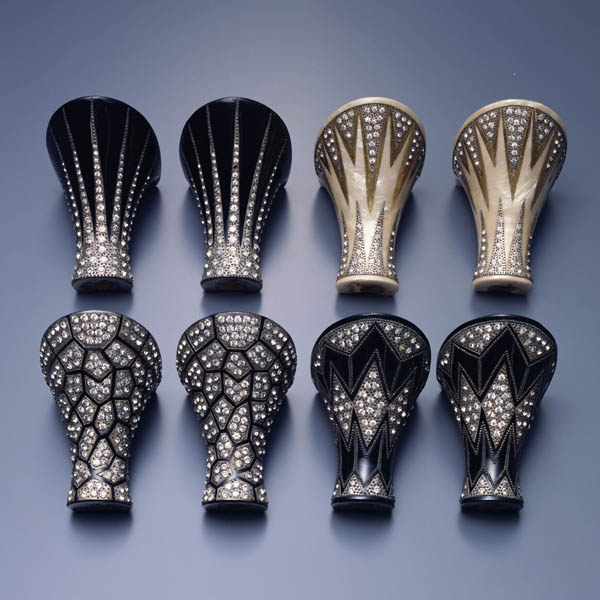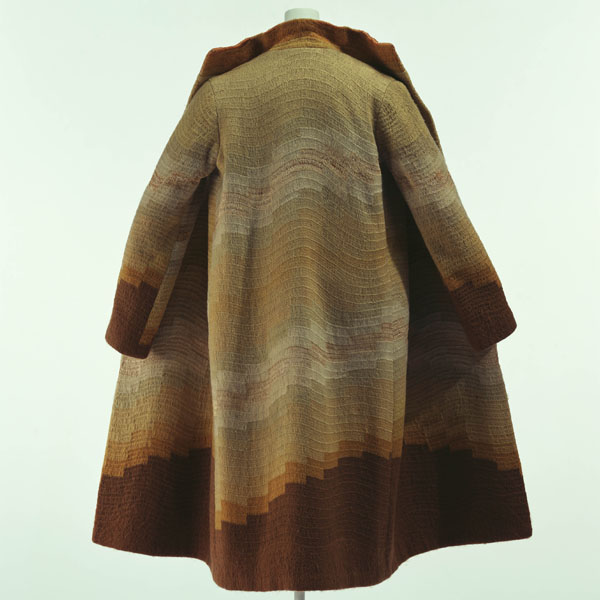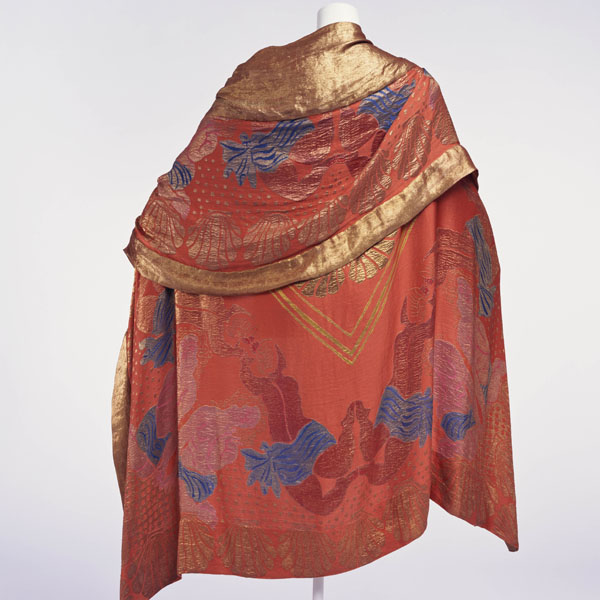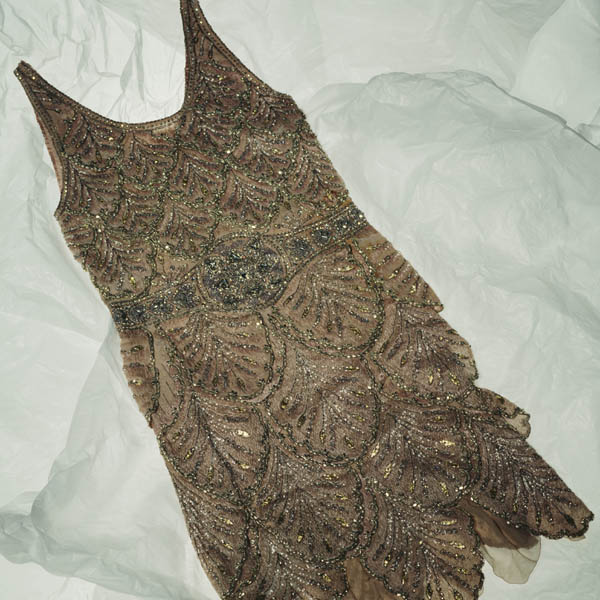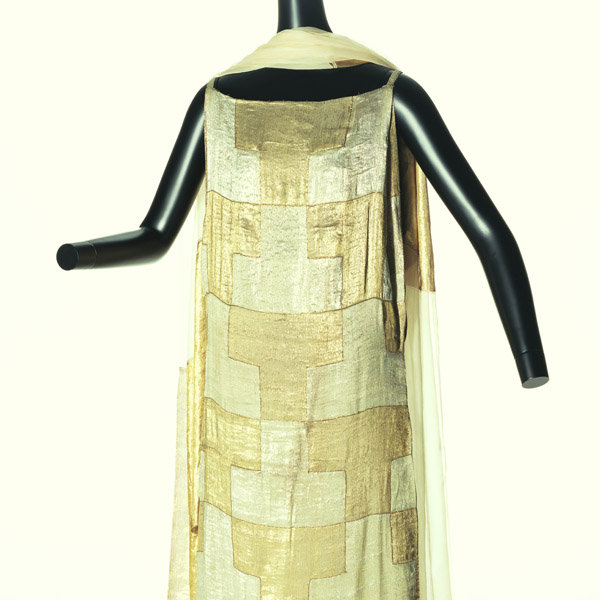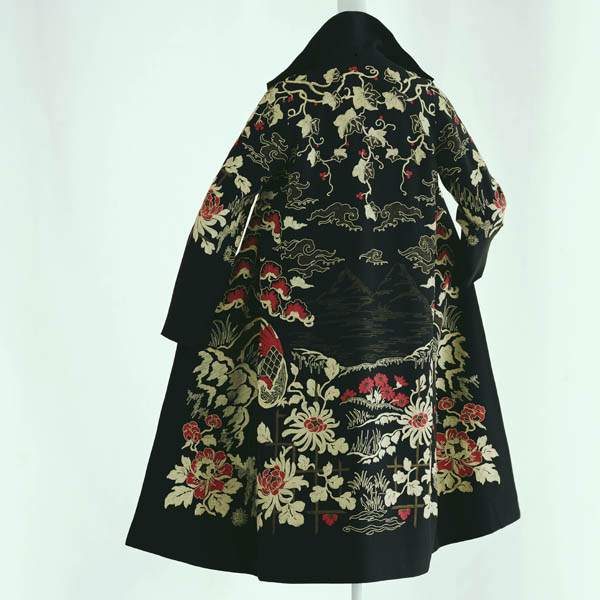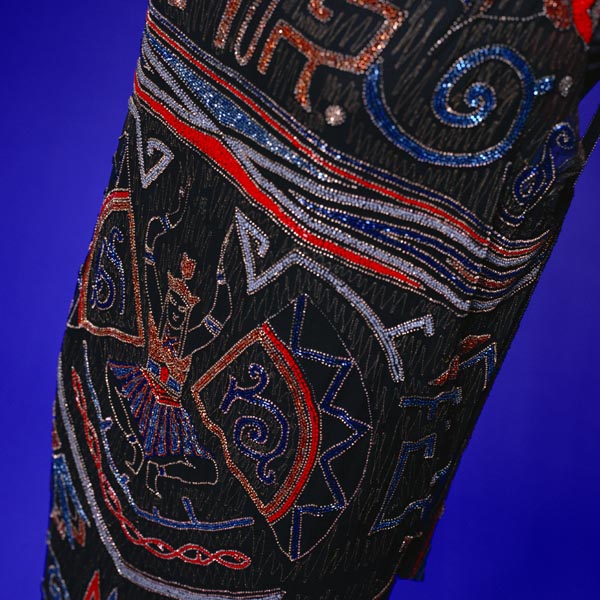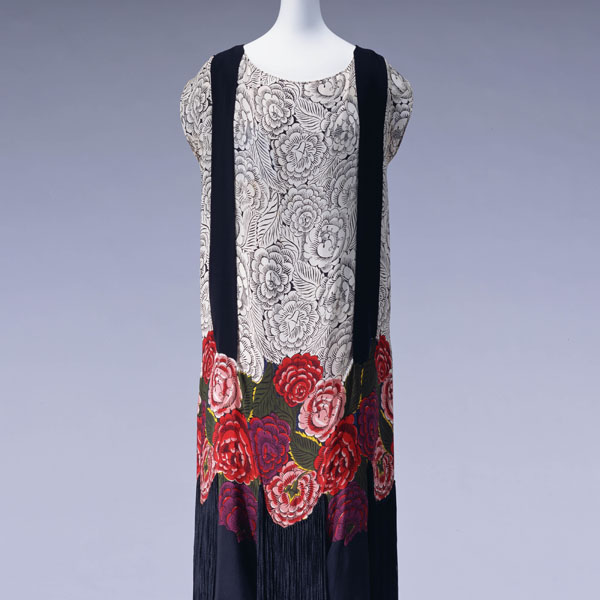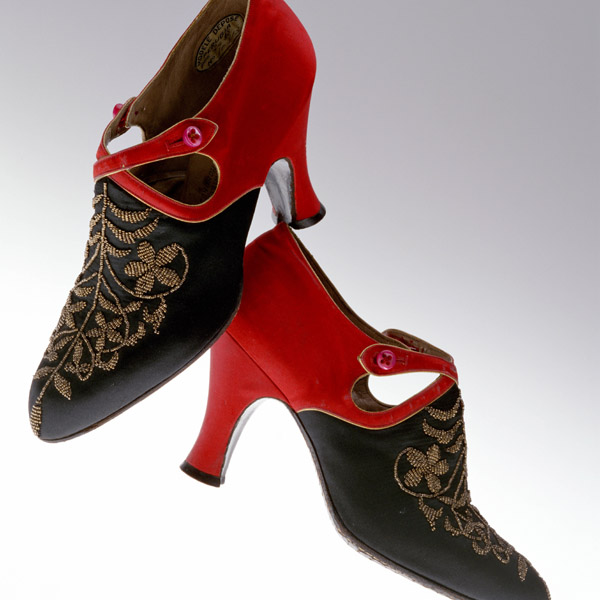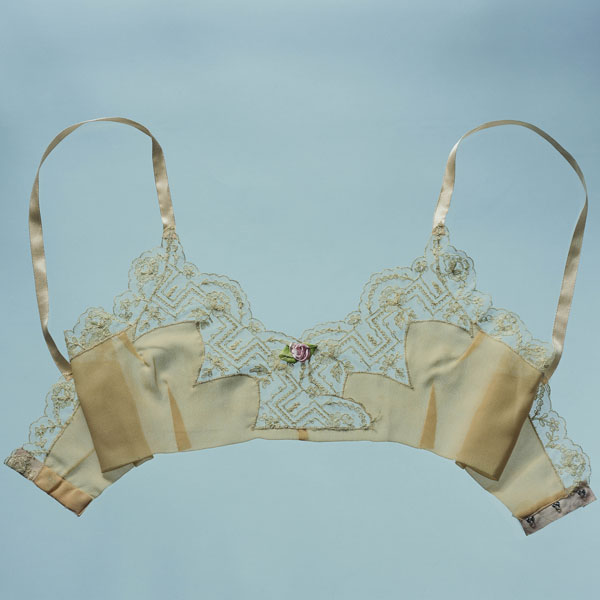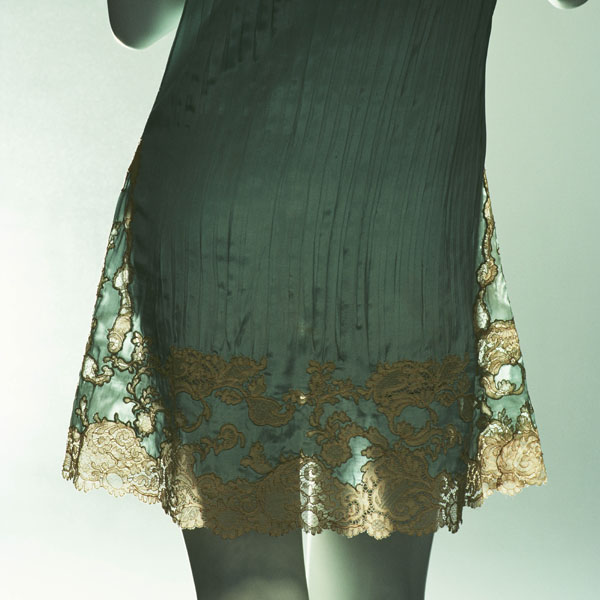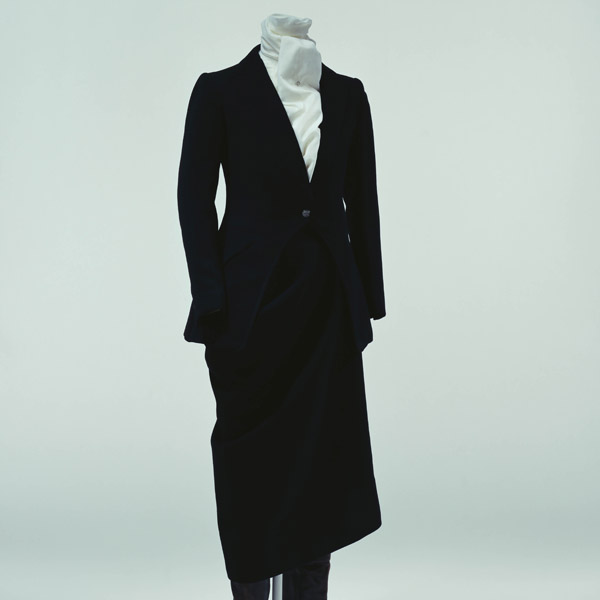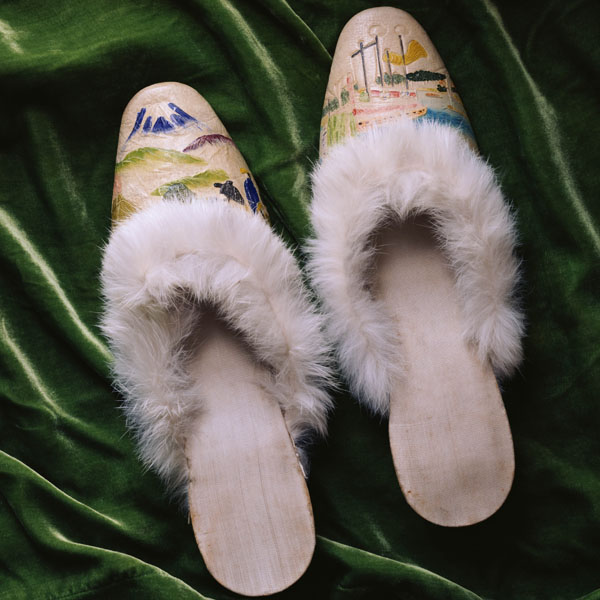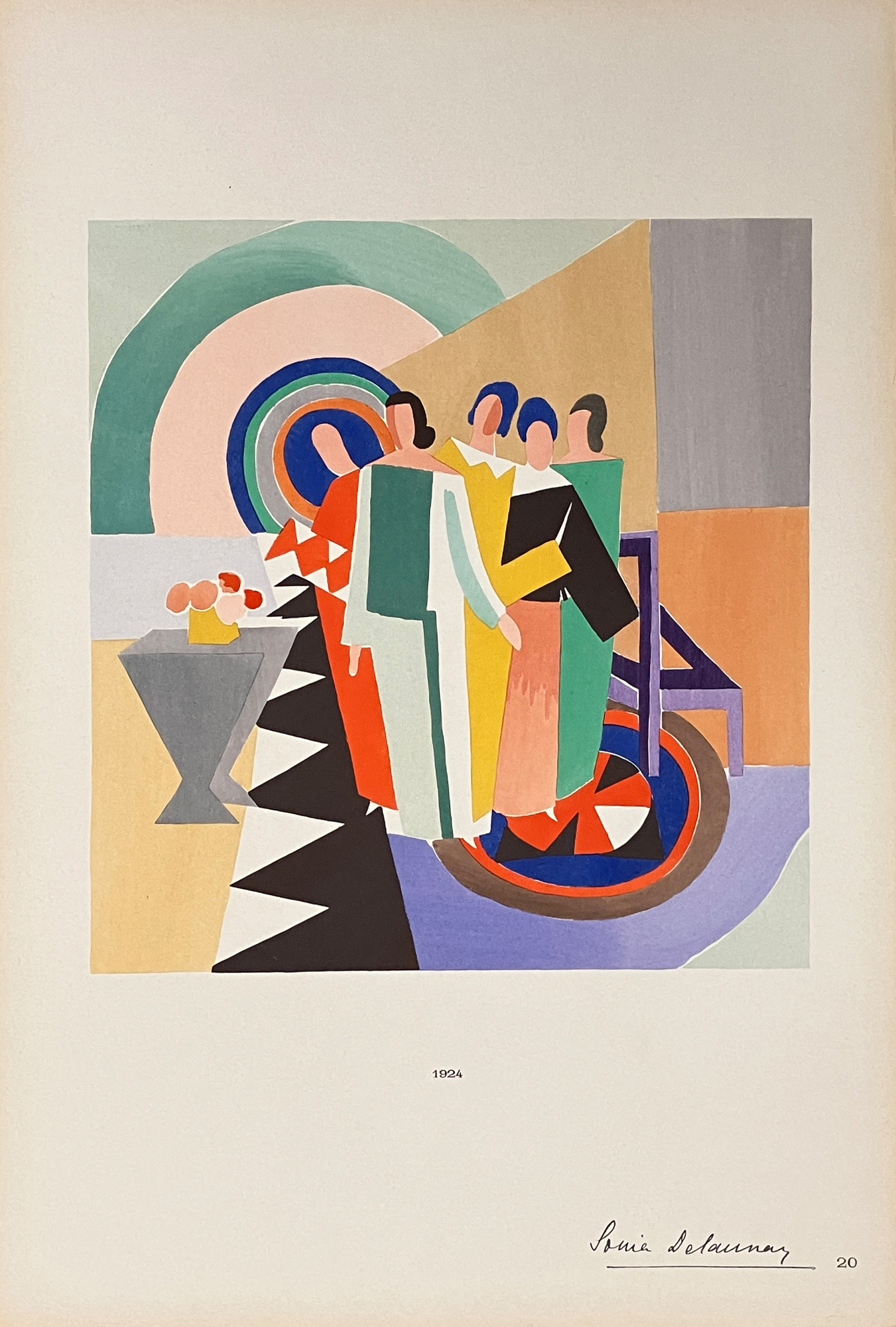
© The Kyoto Costume Institute
You can enlarge by putting the mouse cursor on the image.
Illustration from “Sonia Delaunay : ses peintures, ses objets, ses tissus simultanés, ses modes”
1925
- Designer
- Sonia Delaunay
- Material
- Paper; Gouache; Colored by stencil technique. Published by Librairie des Arts Décoratifs.
- Dimension
- H. 56 cm / W. 38 cm
- Inventory Number(s)
- AC13479 2017-9-3
This two-dimensional and abstract depiction of five women dressed in simple outfits in a colorful room is by artist Sonia Delaunay [1885–1979] who was active during the first half of the twentieth century and is part of a series she created for the publication of a print collection. For this collection, Delaunay selected twenty of her clothing designs and designs for everyday items which she painted between 1912 and 1925, which she then recreated and published to coincide with an exposition held in 1925, commonly referred to as the Art Deco Exhibition (Paris).
During the 1910s, the concept of “simultaneous color”—advocated by Guillaume Apollinaire and Blaise Cendrars, artist friends of Delaunay’s husband Robert Delaunay—resonated with Delaunay, and she went on to explore ways to depict her subject not through drawing lines or employing chiaroscuro, but simply through the placement of color. Delaunay not only applied this expressive style to paintings but extended it to her clothing, costume, textile and interior design, and her work as highly acclaimed by well-known artists of the day such as Tristan Tzara. The characteristics of this style are also evident in the composition of this example, which features an eye-catching combination of bright and contrasting colors. The straight-cut technique was widely applied to the dresses of simple construction which were in fashion in 1924, the year in which Delaunay created the original work, and this example features linear blocks of color in an apparent response to this trend.
 Digital Archives
Digital Archives